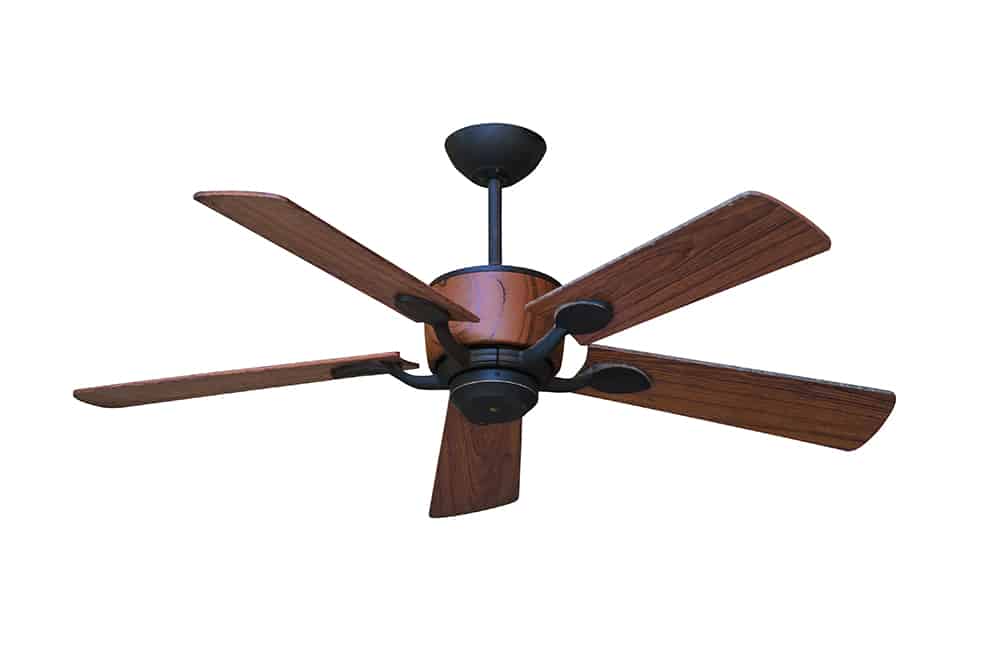Most people know ceiling fans can keep you cooler in the summer, but did you know they also can help warm a home in winter?
In warm months, ceiling fans are set to rotate counterclockwise to create a breeze that cools the skin, though they don’t actually cool the air. In the winter, you should set your fan to clockwise rotation. This pushes down warm air—which rises—and redistributes the heated air through the room. Though this won’t warm the whole house, some studies have shown reversing your ceiling fan in the winter can save as much as 15% on heating costs.
To prevent a too-drafty chill, turn the fan on the lowest speed setting. It may take some adjustments to get the right blend of warm air without a cool draft. With a high vaulted ceiling, it may not even be necessary to reverse the rotation if the fan is set on a low speed.
It’s easy to change the direction on most modern ceiling fans. Just turn off the fan and locate the direction switch, usually on the fan motor housing. Flip the switch and turn the fan back on.
A ceiling fan with a built-in heating element is another option for winter. It still can be used in summer like a regular fan with the heating element switched off. And for balancing temperatures in a two-story home, try mounting a ceiling fan at the top of an open staircase.
—Madelynn Coldiron

